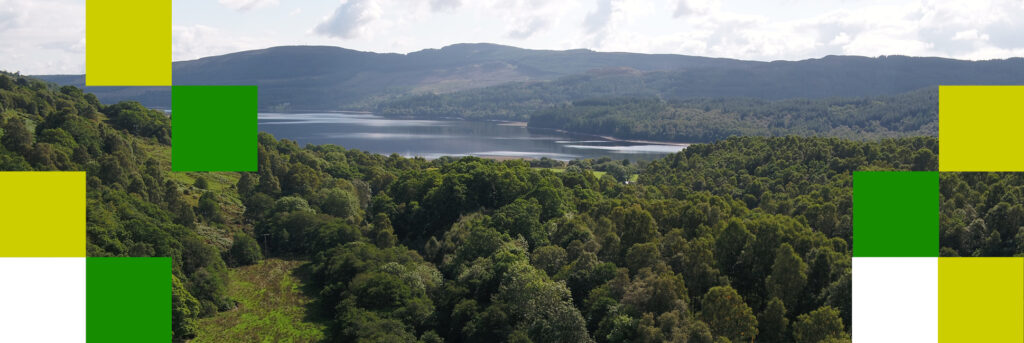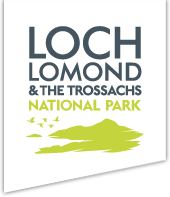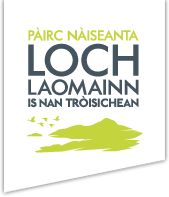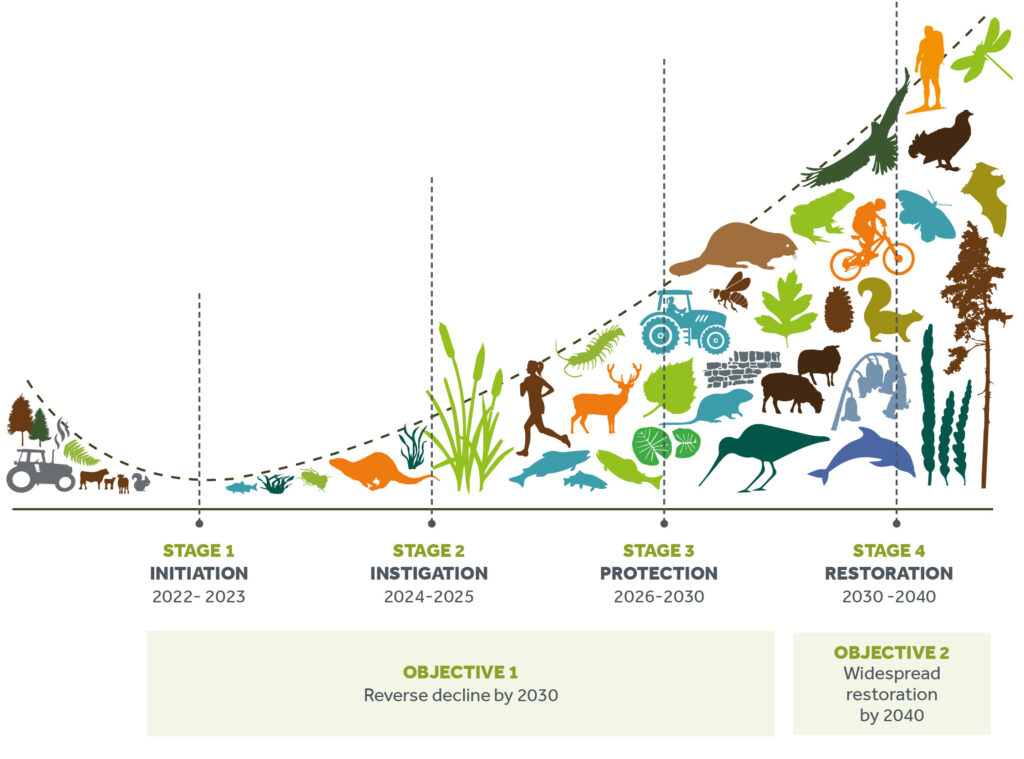
Nature and Landscape
Despite this being a National Park, nature is real trouble even here.
We’re losing nature at a scale never experienced before. Nearly a fifth of even our most special, designated sites for nature are in decline.
Challenge
Pressures from over-grazing, pollution, non-native species that cause damage to our natural environment and a rapidly changing climate mean that many of our iconic habitats and species are in decline and are in danger of becoming increasingly rare and therefore vulnerable.
Despite our efforts so far, we’re failing to achieve the impact needed to ensure that we have a healthy, functioning natural environment for future generations.

Solution
It’s no longer enough to just conserve what we have. We need to actively halt the ongoing decline, then reverse the loss of nature.
This is in our interest, as well as for other species, as nature underpins human existence through the benefits and services it provides, such as food, air, water, materials, health, and economic wealth.
We need to create the conditions for native wildlife to be more abundant and for important habitats such as woodlands, peatlands and waterbodies to expand and become healthier, connecting them to create large-scale nature networks.
The way land is used needs to change to prioritise nature recovery as well as being recognised for its special landscape, cultural qualities and the services it provides.
We also need to support everyone to value and feel connected to nature in the National Park.
In less visited areas, like remote hilltops, forests and glens away from roads and facilities, prioritising non-motorised access and recreation, will allow nature to recover more rapidly.
STAGE 1: INITIATION 2022- 2023
STAGE 2: INSTIGATION 2024-2025
STAGE 3: PROTECTION 2026-2030
STAGE 4: RESTORATION 2030 -2040
OBJECTIVE 1: Reverse decline by 2030 (Stage 1,2 & 3)
OBJECTIVE 2 Widespread restoration by 2040 (Stage 4)
Goal
The goal is to halt and reverse nature loss so that nature in the National Park is more abundant.
We have committed to ensure the decline in nature has been halted by 2030 and that there is widespread restoration of nature across the National Park by 2040.
Steps to take:
- Connect nature at landscape scale
- More land managed for nature
- Reduce other key pressures
- Invest in nature restoration
- Support more regenerative land use
- Adapt to Climate Change and restore nature
- Make the best use of land and assets
Progress Update
Steps are already being taken to deliver against these goals.
Wild Strathfillan is an ambitious nature restoration project across 50,000 hectares of the National Park.
Loch Lomond Rainforest is an exciting project, in collaboration with the Alliance for Scotland’s Rainforest, which is helping to protect and enhance this important natural asset in tackling the twin crises of nature loss and the climate emergency.


